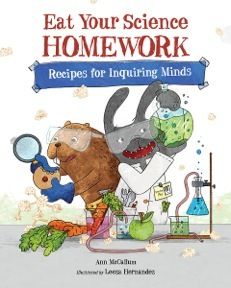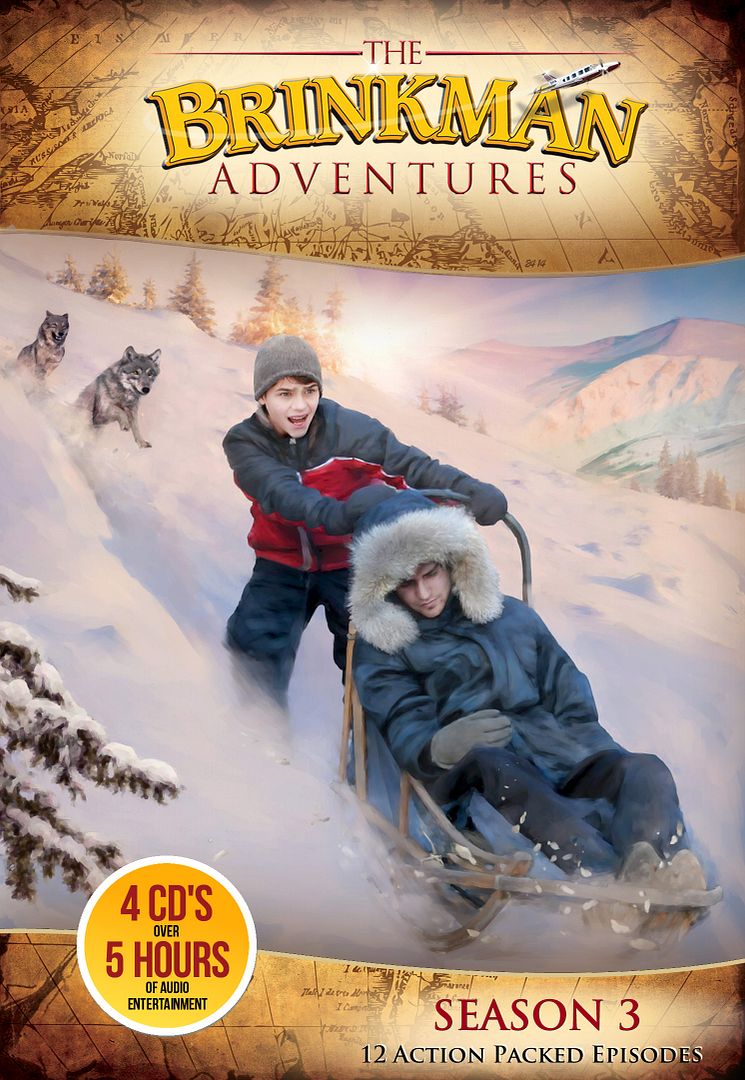I recently purchased the NEW Trim Healthy Mama Cookbook and have been searching for a low carb baking mix to use in more of my cooking.
I have found some really great recipes on pinterest, Facebook and the internet and needed one place to keep them all.
You can download your FREE pdf HERE.
None of the Baking Mix recipe’s contained in this round up are my own invention. Each one has been lovingly put together by the passionate cooks around the web.
I have linked each baking mix recipe to the original source on line. Follow the links for the complete recipes and recipe cards. IF an author does not have a printable for their recipe I have typed it out and included it here.
PLEASE be sure to visit these lovely blogs and encourage the cooks who have freely blessed us with these recipes.
Do you have a favourite Low Carb baking mix? Please leave a link in the comments and I will update and add them to the post and to this download.
Blessings
Chareen
PS There are a couple of recipe’s here that I could not find the original source text for. If you know where they are from please let me know in the comments so that I may give the author credit for his/her work.
Pin this post HERE

Baking Mix Recipes on the web
- Raye's Fuel Pull Easy Mix Baking Mix
- Sheri’s Gluten-Free Baking Mix
- Finding Joy Low Carb Baking Mix
- New Baking Master Mix
- Briana's Baking Mix
- Rayes Easy Mix - Oat Free Option {Baking Mix for Sweet or Savory THM S Breads ~ Gluten Free, Almond Free with Grain Free & Sweetener Free Options}
- Homemade Baking Mix by Meandering with Meg
- THM Baking Mix Substitute over at Mercy and Gratitude
**A couple of things to note ...
- Oat Fibre is NOT Oat flour or Oat Bran and those two cannot ever substitute for it. Oat Fibre is bran with all the starch stripped from it and is fat and carb free. Currently very difficult to find locally; only online or through the Aussie Mamas store. The only product you can sub for it is Psyllium (found at any health food or major supermarket).
- Integral Collagen/Collagen Peptides are the NON-setting Gelatine. Currently this product is not made in Australia and the only options are the Great Lakes GREEN tin, the THM brand. It has mega health benefits especially for those with arthritis/joint issues.
- Protein Powder is Whey Isolate. Only ISOLATE. Whey Concentrate and blends are not on plan.
- Flax meal is also called Linseed in Australia.
- Gluccomannan is another difficult product to buy locally. Again, Aussie Mamas have it available, or order online from iHerb or similar, or sub with xanthan gum (will not get the same health benefits) or leave it out.
- Almond meal and flour are interchangeable. Almond flour is made with the plain almond nut, the meal is coarser and made with the whole almond (including the skin). Doesn't make any difference to the end product.
Low Carb Baking Blends
*Baking Mix (FP) by L.Slote
1 c oat fibre3 tablespoons coconut flour
2 Tablespoons almond flour
3 table spoons golden flax meal
½ teaspoon glucomannan
Nutrition for ¼ cup serving: 2.9 grams fat, 1.3 grams carbs
*Found on Facebook
Homemade Baking Mix
2 cups Oat fiber 1 cup3 TBSP coconut flour
1 cup Collagen Peptides
¾ cup + 2 tsp golden flax seed meal ( if you have whole, grind half that amount of whole and you get the right amount of meal)
6 TBSP + 1 tsp Blanched Almond flour
3 TBSP + ½ tsp Glucomannan powder
**Found on Pinterest
Baking Mix (S)
1 ½ cups Oat Fiber1 ½ cups Coconut Flour
¾ cup Whey Protein Isolate
½ cup Flax Meal
2 Tablespoons glucomannan
Replace cup for cup with flour.
**Found on Pinterest
*Alternative Baking Mix
1 ½ cups oat fiber1 ½ cups coconut flour
¾ cup Almond Flour
¾ cup Whey Protein Isolate
½ cup ground Golden Flax
2 Tablespoons Glucomannan
2 Tablespoons Collagen Peptides
Nutrition for ¼ cup serving: 4.1 grams fat, 2.3 grams carbs
*Found on Facebook
*Jen’s FP Baking Mix
1 ½ cup Oat Fibre
1 ½ cup coconut Flour
¾ Cup Almond Flour
¾ cup Whey Protein Isolate Powder
½ cup Golden Flax Meal
2 Tablespoons Glucomannan
Nutrition for ¼ cup serving: 3 grams fat, 2 grams carbs
*Found on Facebook
*Zoe’s Baking Mix
2 ⅓ Cups Oat Fibre200 ml Coconut Glour
⅓ cup Oat Flour
½ cup Ground Golden Flax
½ Cup Almond Flour
½ Cup Whey Protein Isolate
2 Tablespoons Collagen Peptides
2 Tablespoons Glucomannan
Nutrition for ¼ cup serving: 3.3 grams fat, 1.6 grams carbs
*Found on Facebook


































